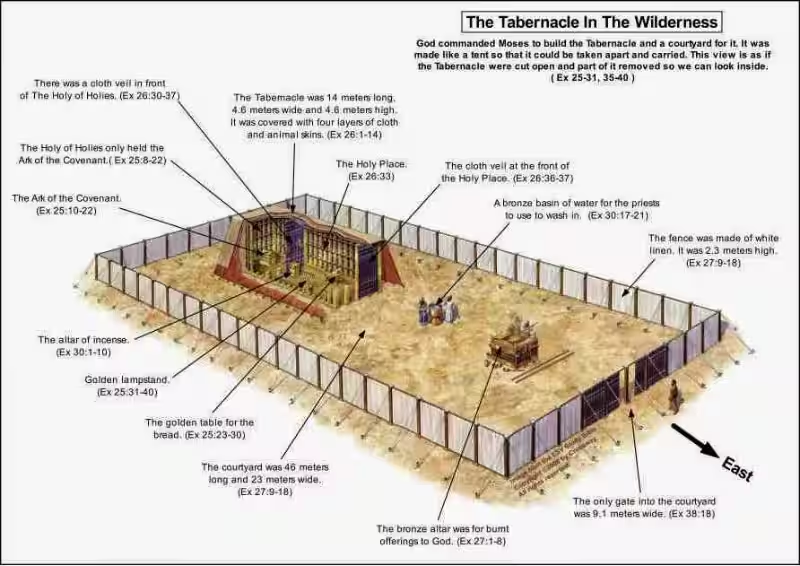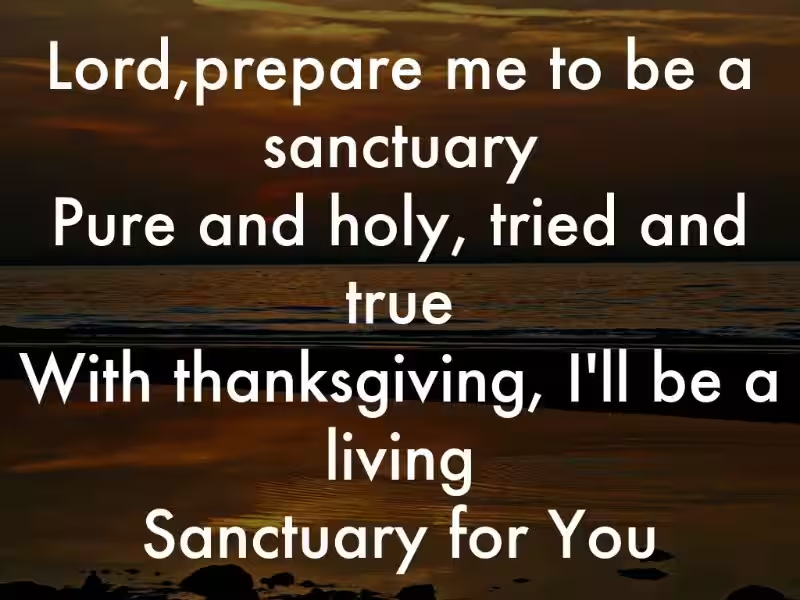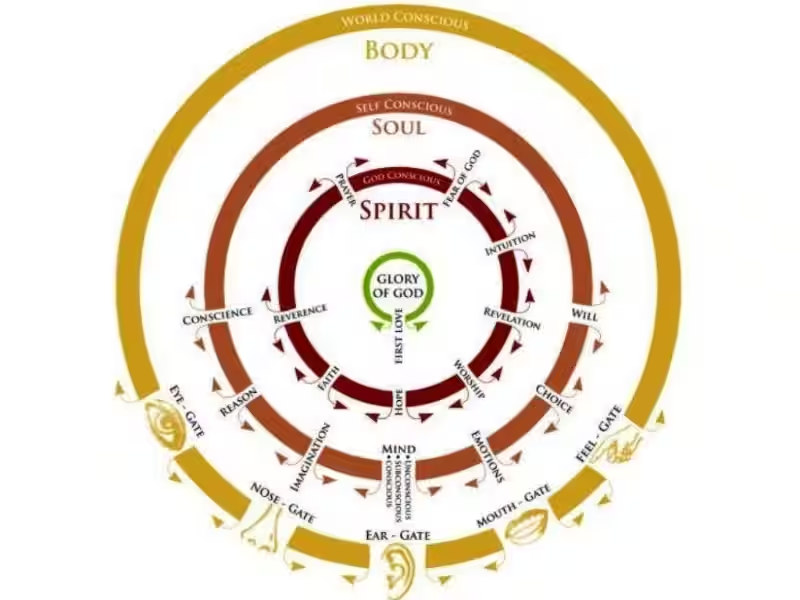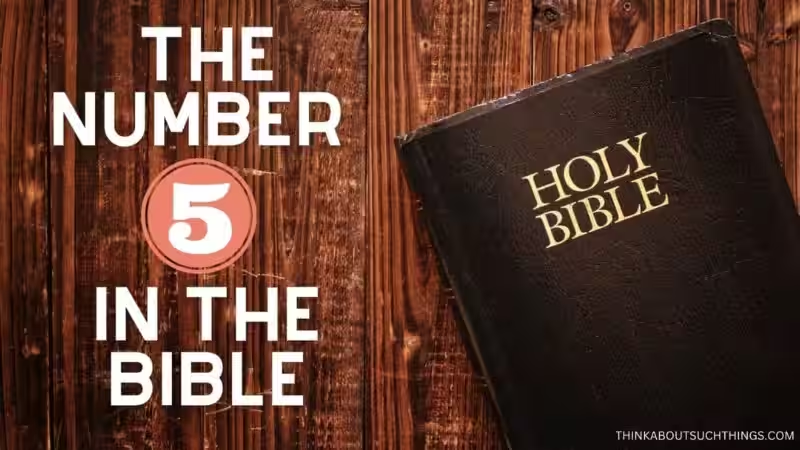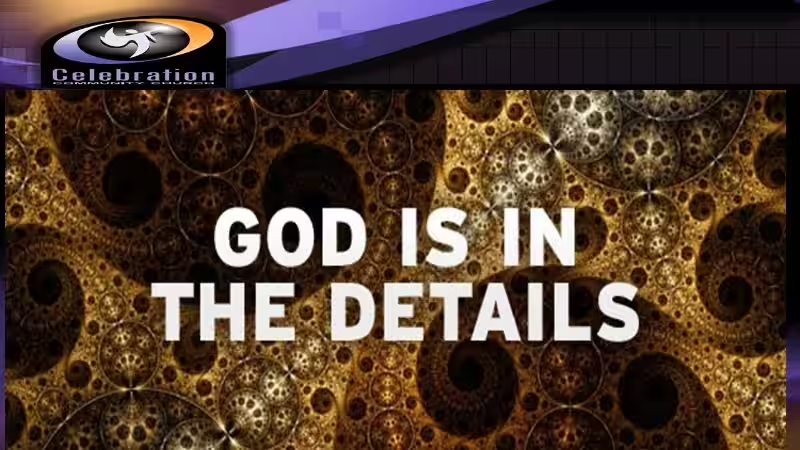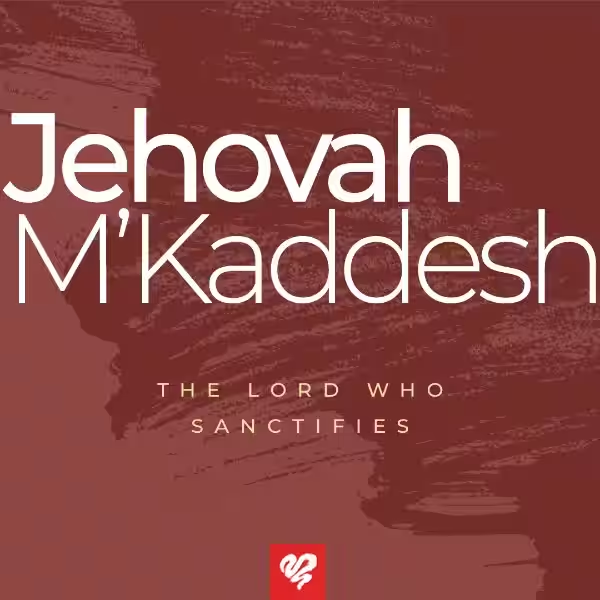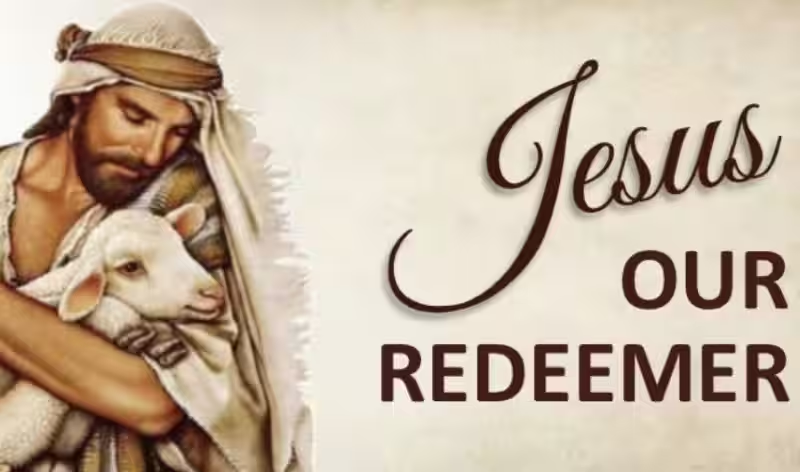The Way, the Truth, and the Life: Tabernacle
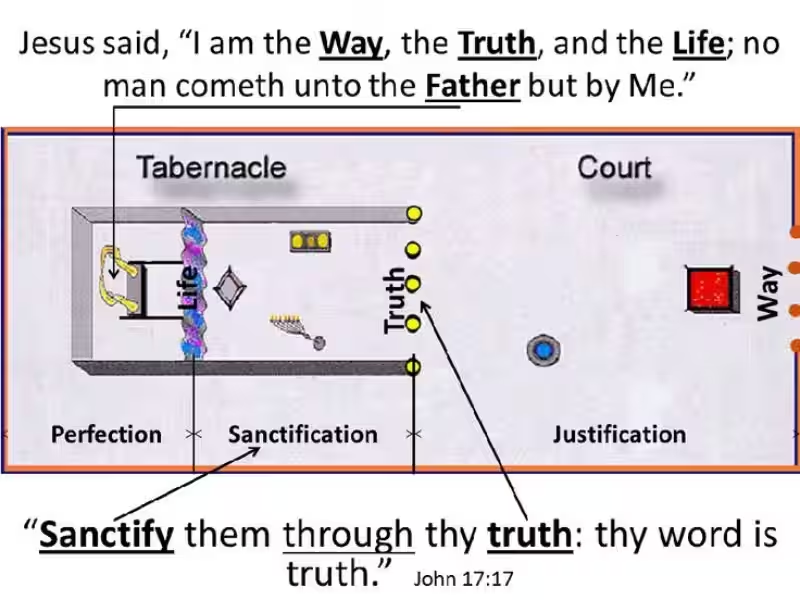
Understanding the spiritual journey is a lifelong pursuit for many believers. One compelling framework for this journey uses the Tabernacle of Moses as a typology of Jesus Christ and our relationship with God. This exploration delves into the symbolic meaning of the Tabernacle's three sections—the Outer Court, the Holy Place, and the Holy of Holies—as they represent stages of spiritual growth mirroring Jesus' multifaceted nature and our progressive understanding of faith, hope, and love. This article explores the powerful imagery of the Tabernacle, examining how it can illuminate our walk with Christ and the way the truth and the life tabernacle represent.
The Outer Court: The Way – Initial Faith and Salvation
The Outer Court of the Tabernacle represents "The Way," symbolizing the initial steps of faith and the experience of salvation. Here, the journey begins with an encounter with God's judgment and the understanding of our need for forgiveness.
The central feature of the Outer Court is the bronze altar, a powerful symbol of God's judgment and the believer's initial confrontation with their sinfulness. This stage is often likened to spiritual childhood, where the focus is primarily on accepting Jesus' sacrifice for salvation. While crucial, this initial stage may lack the deeper understanding and maturity that comes with further spiritual growth. It's a time of learning about God's grace, recognizing our need for forgiveness, and making that initial commitment to follow Jesus. The emphasis here is on repentance and accepting the gift of grace.
The Holy Place: The Truth – Deeper Spiritual Maturity
Moving beyond the initial acceptance of salvation, the believer enters the Holy Place, representing "The Truth." This signifies a deeper level of spiritual maturity and a more intimate relationship with God.
This stage is characterized by the presence of several key objects: the menorah (representing the light of God's word and the illuminating power of the Holy Spirit), the table of showbread (symbolizing communion with Christ and the sustenance provided through His sacrifice), and the altar of incense (representing prayer and intercession before God). Access to this inner sanctuary mirrors the priestly tribe's exclusive access in the Old Testament, implying a growing understanding and intimacy with God. It's a time of further learning and deeper engagement with scripture, prayer, and fellowship. However, this stage isn't without its challenges. The believer may encounter conflicting doctrines and various interpretations of scripture, creating uncertainty and confusion. Hope, the confident expectation of God's promises despite the uncertainties, becomes a crucial characteristic during this phase.
The Holy of Holies: The Life – Ultimate Spiritual Maturity
Finally, we reach the Holy of Holies, the innermost chamber of the Tabernacle, signifying "The Life"—the ultimate stage of spiritual maturity. This represents a place of complete rest, peace, and abiding love with God.
This space, often likened to the "secret place" mentioned in Psalm 91, signifies a profound understanding of Jesus' finished work on the cross and the complete assurance of salvation. The uncertainty and confusion of the previous stages give way to crystal-clear faith and unshakeable love for God. It's a place of pure gold, representing divine righteousness, in stark contrast to the mixture of judgment and grace found in the earlier stages. This stage highlights the importance of avoiding the Galatian error of attempting to mix law and grace, focusing instead on the complete sufficiency of Christ’s sacrifice. The journey culminates here in a profound, intimate relationship with God, marked by peace, love, and complete trust in His character and promises.
The Way, the Truth, and the Life Tabernacle: A Journey of Growth
The journey through the Tabernacle, from the Outer Court to the Holy of Holies, mirrors the progression described in 1 Corinthians 13:11-13. This passage speaks of the transition from childish understanding to mature faith, hope, and love, with love being the greatest. The way the truth and the life tabernacle serves as a powerful visual representation of this growth in spiritual maturity.
This progression is not a linear, one-time event but a continual process of spiritual refinement and transformation. It involves overcoming challenges, learning from mistakes, and continually deepening our relationship with God. Jesus, as "the way, the truth, and the life," is the ultimate fulfillment of the Tabernacle's typology, encompassing all three stages. He is the path to salvation, the source of truth and revelation, and the giver of eternal life. He is the culmination of the journey, the ultimate destination, and the one who leads us every step of the way. The Tabernacle, therefore, serves as a powerful reminder of the journey of spiritual growth that He invites us to undertake.
Addressing Historical Accuracy
It's important to acknowledge that the specific association of the Outer Court, Holy Place, and Holy of Holies with "The Way, The Truth, and The Life" respectively is not explicitly found in ancient Jewish texts. While the Tabernacle's symbolism is rich and offers profound insight into God's character and our relationship with Him, this specific tripartite nomenclature for the Temple entrances requires further scholarly investigation. The concepts of "way, truth, and life," however, powerfully resonate with the overall symbolism of the Tabernacle and Jesus' ministry as portrayed in the Gospel of John. The absence of explicit historical evidence does not diminish the profound spiritual insights derived from the typology itself.
Conclusion: A Living Symbol
The Tabernacle stands as a powerful and enduring symbol, not only of God's presence and holiness, but also of the transformative journey of faith. Understanding its structure and symbolism enriches our understanding of the Christian faith and helps us navigate the complexities of our spiritual growth. By reflecting on the different stages represented by the Outer Court, the Holy Place, and the Holy of Holies, we can gain a deeper appreciation for the multifaceted nature of Jesus Christ and the incredible journey He invites us on. The way the truth and the life tabernacle provides a framework for understanding this transformative journey, encouraging us to press towards maturity in our faith and relationship with God.
Frequently Asked Questions: The Way, the Truth, and the Life Tabernacle Series
What is the main idea behind "The Way, The Truth, and The Life: Tabernacle Series Part 4"?
This sermon series uses the Tabernacle of Moses as a symbolic representation of Jesus Christ and the Christian spiritual journey. It argues that the Tabernacle's three sections—the Outer Court, the Holy Place, and the Holy of Holies—represent progressive stages of spiritual growth, mirroring Jesus' multifaceted nature and our developing relationship with God.
What does the Outer Court symbolize?
The Outer Court, representing "The Way," symbolizes initial faith and salvation. It focuses on the believer's initial understanding of sin and forgiveness, marked by a reliance on faith as the key to entering this stage of spiritual growth. This stage is often likened to spiritual childhood.
What is the significance of the bronze altar in the Outer Court?
The bronze altar symbolizes judgment and the believer’s understanding of sin. However, the series emphasizes the importance of moving beyond a solely judgmental perspective towards reconciliation and gospel proclamation.
What does the Holy Place represent?
The Holy Place, representing "The Truth," depicts a deeper level of spiritual maturity. Its features (menorah, showbread, incense altar) symbolize the church's role in illuminating the world, celebrating Christ's sacrifice, and interceding before God. This stage requires a growth in understanding and intimacy with God, though it may be marked by confusion about certain doctrines. Hope is a key characteristic of this phase.
What is the meaning of the Holy of Holies?
The Holy of Holies, representing "The Life," signifies the ultimate stage of spiritual maturity—a place of rest, peace, and pure love. It’s characterized by unshakeable faith and a deep, abiding love for God, resulting from a complete understanding of Jesus' finished work. This stage contrasts with the "mixture" of judgment and grace found in earlier stages.
How does the series connect the three stages to 1 Corinthians 13:11-13?
The series connects the three stages to 1 Corinthians 13:11-13 by highlighting the progression from childish understanding (Outer Court) to mature faith, hope, and love (Holy of Holies), with love being the greatest.
How does Jesus fit into this Tabernacle typology?
Jesus, as "the way, the truth, and the life," is presented as the ultimate fulfillment of the Tabernacle's typology, encompassing all three stages. The entire Tabernacle serves as a powerful visual representation of Jesus and the journey of spiritual growth He invites believers to undertake.
Is there historical evidence supporting the association of "Way, Truth, and Life" with the Tabernacle entrances?
No verifiable evidence from ancient Jewish sources supports the assertion that ancient Jewish people referred to the entrances to the Tabernacle as "Way, Truth, and Life." This association seems to be a later Christian interpretation based on John 14:6, rather than a direct reflection of ancient Jewish understanding. The claim requires further research to be substantiated.
What is the overall purpose of using the Tabernacle as a typology?
The purpose is to provide a visual and symbolic framework for understanding the progressive stages of spiritual growth in a believer's relationship with God, mirroring Jesus' role and ministry. The Tabernacle's structure and objects serve as powerful illustrations to deepen faith and understanding.

